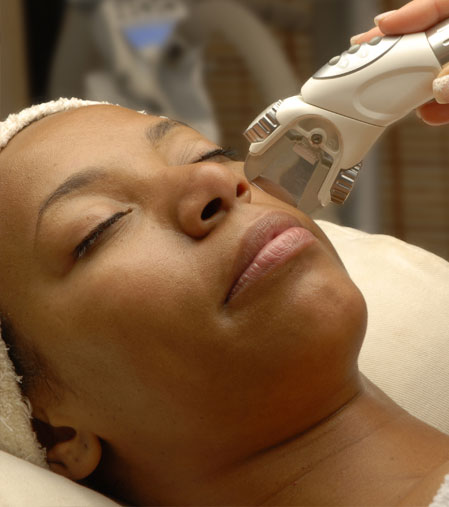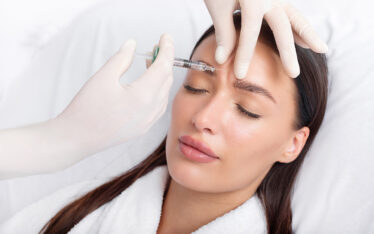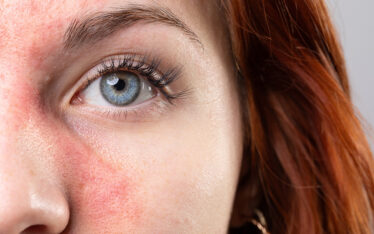Skin cancer screening – worth it?

In 2009 the United States Preventative Services Task Force (USPSTF) released a position statement on skin cancer screenings:
The USPSTF concludes that the current evidence is insufficient to assess the balance of benefits and harms of using a whole-body skin examination by a primary care clinician or patient skin self-examination for the early detection of cutaneous melanoma, basal cell cancer, or squamous cell skin cancer in the adult general population.
Recently, Consumer Reports discussed the relative value of cancer screenings of all types. Their recommendations were based on the USPSTF recommendations so they added nothing new to the literature. However, they did give a more public voice to a group mostly unknown to the lay public.
Some professional and patient advocacy groups lambasted the publication. However, I agree with the recommendation that full-body skin checks with a professional are not beneficial for low-risk adults.
Why would a dermatologist say this? While the prevalence of skin cancer of all types is increasing, those most affected tend to be high-risk: they have very fair skin, a history of sunburns, chronic sun exposure or tanning bed abuse, a personal history of skin cancer, a strong family history of skin cancer, numerous irregular moles or any new or changing skin lesion.
There is no medical evidence to suggest a health benefit to an otherwise healthy 30 year old man with an olive complexion, no history of severe burns, no family history of melanoma and no new or changing lesions to have a full-skin check by a professional. In fact, there is potential harm and expense in the form of unnecessary biopsies, excisions and follow-up skin exams. Also, doing unnecessary skin checks on low-risk individuals reduces access to dermatolgists for patients who are high-risk, or have a new or changing skin lesion.
My recommendations to all patients, regardless of their risk, include:
- Monthly self skin examinations including the back, feet, genitals and scalp. Look for the ‘ugly duckling.’
- Immediately be seen by a board-certified dermatologist for any new, changing, irregular, itching/bleeding/painful growth
- Sun-avoidance and sun-protective behaviors including use of a hat and clothing, avoidance of sun between 10am and 4pm, and a SPF 30 zinc or titanium sunscreen applied thickly every 2 hours while outside
- Annual, or more frequent, skin-cancer screening exams with a board-certified dermatologist if you are high-risk
I applaud Consumer Reports for giving needed press to unhelpful and potentially harmful skin cancer screenings of all types.
-Neil A. Shah, MD, FAAD


